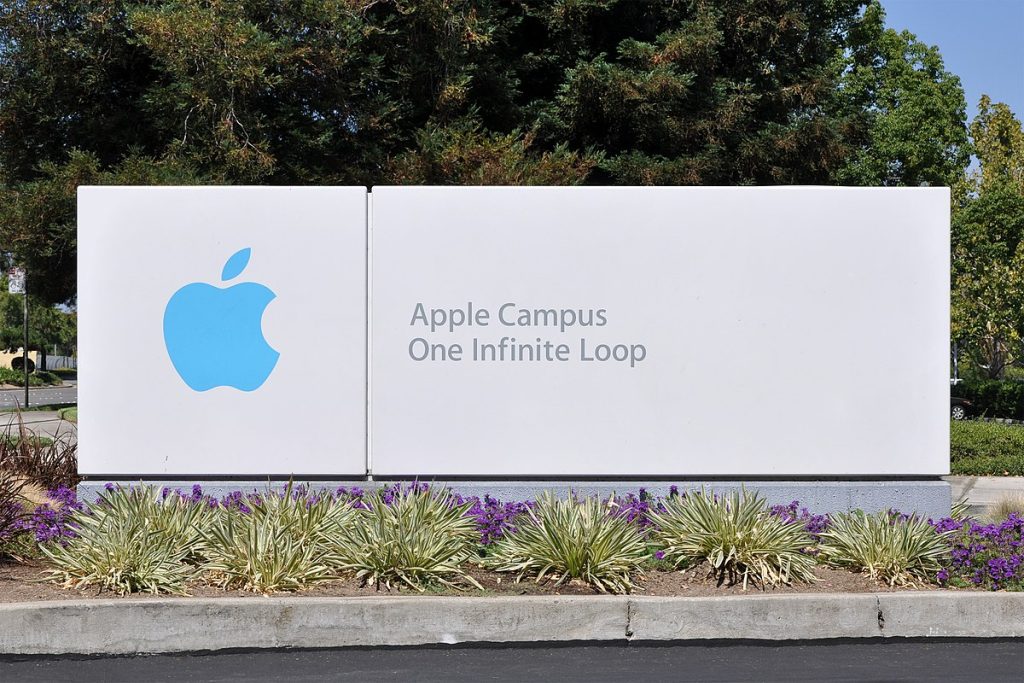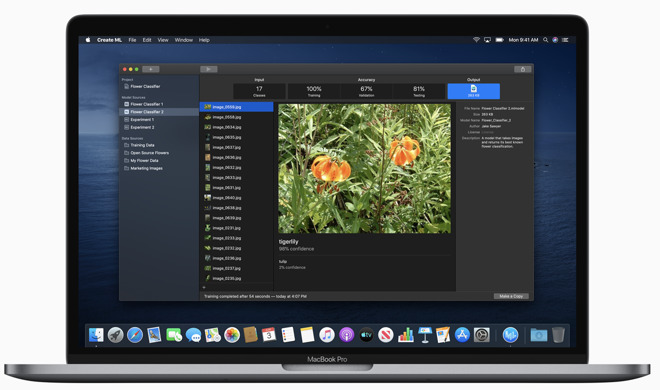This year, AppleInsider celebrates its 20th anniversary! Throughout the last two decades, Apple has been at the forefront of innovation with the introduction of the Macintosh computer, the iPhone, and much more. This article examines how AppleInsider has evolved over the years to keep up with technological advances and provide its readers with comprehensive coverage of Apple products.
AppleInsider’s founding

Founded by two students who were passionate about Apple, Kasper Jade and Neil Hughes, AppleInsider was one of the first websites to cover Apple news and rumors.
With its mix of breaking news, in-depth analysis, and exclusive interviews, AppleInsider quickly became a leading source of Apple news. As well as breaking the iPhone 4 prototype leak, the MacBook Air launch, and more, the site has covered some of the biggest Apple stories over the years.
With millions of readers coming to us every month for the latest news, reviews, and insights on all hings Apple, AppleInsider has become one of the most popular Apple-focused sites on the web today.
The AppleInsider website was founded in 1997 by Kasper Jade and Ronny Kerr to provide Apple fans with the latest news, rumors, and insights.
With a team of experienced writers and editors who live and breath Apple, AppleInsider has grown into one of the largest and most respected Apple news sites on the web.
Apple has evolved from a niche computer maker into a global technology powerhouse during our two decades in business. We’ve witnessed the launch of groundbreaking products like the iPod, iPhone, and iPad, and we’ve covered the company through its ups and downs.
We’re eager to see what the next 20 years hold for Cupertino’s finest as we enter our third decade covering the company.
The iMac was introduced in 1997, and Apple ceased to be a computer company
AppleInsider was founded in 1997, just as Apple was starting to make waves in the tech world with its game-changing products. With its sleek design and user-friendly interface, the iMac quickly became one of the most popular computers on the market. Apple introduced the iMac in 1998, changing the face of computing forever.
After the success of the iMac, Apple introduced the iPod, iPhone, and iPad, each accompanied by extensive coverage from AppleInsider, making us the trusted source for everything Apple.
In addition to keeping our readers up to date on the latest news and rumors, we also provide in-depth analysis and hands-on reviews of each new Apple product.
Whether you’re a diehard Apple fan or just curious about what they’re up to next, join us on this journey through Apple’s history.
Apple introduced the original iMac in 1998, and it was a groundbreaking computer. The iMac was a success, and it helped turn Apple’s fortunes around. It was the first all-in-one computer, and it was also the first computer designed by Apple co-founder Steve Jobs after he returned to the company in 1997.
It was the iMac that put Apple back on the map as a major player in the tech industry, following the success of the iPod, iPhone, and iPad.
During surgery to remove a tumor from his pancreas in 1998, Steve Jobs faced his own mortality
When Steve Jobs was diagnosed with pancreatic cancer in 2004, he faced his own mortality. He underwent surgery to remove the tumor and spent 8 weeks in a hospital recovering. The experience changed him and he became more reflective about his life and work. As soon as he was released from the hospital, he told Newsweek: “I’m pretty sure I’m going to die soon. I don’t really think about it that much, since I’m so busy working.”
While Jobs continued to work until his death in 2011, he had a profound impact on his life as a result of facing his own mortality. In his 2005 commencement speech at Stanford University, he spoke about how the experience had made him appreciate life more and how important it is to live each day to the fullest.
As he said, “Remembering that I will die soon is the most important tool I’ve ever encountered to help me make the big choices in life.” After death, nearly everything – all external expectations, all pride, all fear of failure or embarrassment – all of these things simply fall away, leaving only what really matters.”
As part of his pancreas surgery, Steve Jobs spent eight weeks in the hospital recovering from the surgery. The surgery was successful, but Jobs had to face his own mortality during this time, and came to terms with the possibility that he might not survive.
Jobs was able to make a full recovery after his accident and returned to work at Apple. He led the company for another six years before his untimely death in 2011.
Jobs’ eight weeks in the hospital gave him a new perspective on life and death, and helped him appreciate his remaining time.
In 1999, Jobs returned to work, and AppleInsider was one of the first publications to preview OS X (then called Mac OS)

When AppleInsider returned to work in 1997 after a long hiatus, it was one of the first publications to preview OS X—then called “Rhapsody.” The new operating system, based on NeXT’s OPENSTEP platform, was a radical departure from the classic Mac OS, and AppleInsider‘s coverage helped readers get a heads start.
AppleInsider was at the forefront of Apple news and analysis in the years that followed, covering everything from the original iMac to the iPhone and iPad in-depth. Throughout Apple’s history, we’ve witnessed some of the greatest moments, including Steve Jobs’ return and the launch of the iTunes Store.
Thanks for reading, and here’s to another 20 years of bringing you the latest news, reviews, and insights on all things Apple.
One of the first publications to preview OS X—then called Rhapsody—began in the summer of 1997 after AppleInsider returned to work. Jobs had big plans for Apple and the Macintosh at that time. The company was struggling financially and had a bright future.
The AppleInsider team has seen the ups and downs of Apple’s business, but has always been committed to providing accurate and insightful coverage of everything Apple.
Thanks for your readership and support over the years, and we look forward to continuing to provide you with the best Apple coverage.
Apple began selling Macs individually in 2000
For years, Apple sold its Macintosh computers only as part of an all-in-one system that included the monitor, keyboard, and mouse. Apple switched business models in 1997 and began selling Mac computers individually. As a result, Apple was able to reach a broader audience and make the Mac OS more competitive than Windows PCs.
Apple sells both all-in-one and individual Macs. The all-in-one iMac is popular with consumers and businesses, while the MacBook Pro is a top choice for many professionals.
Taking a break from the company’s traditional focus on selling Macs in bulk to schools and businesses, Apple began selling Macs individually in the early 2000s. While the move was risky, it paid off: Apple soon became one of the world’s most successful tech companies after its Mac sales soared dramatically.
It was a bold move by Apple to switch to selling Macs individually, and it paid off handsomely. By catering to individual consumers, Apple was able to grow its sales significantly and become one of the world’s most successful tech companies. The move to a new business model is just one example of Apple’s willingness to take risks in order to succeed.
